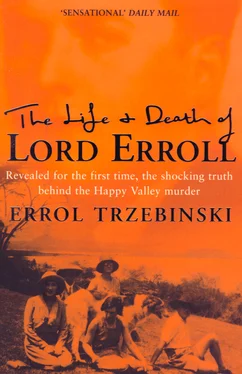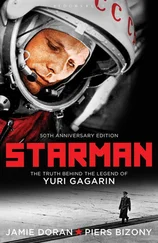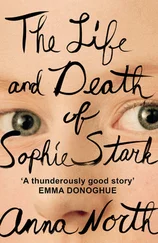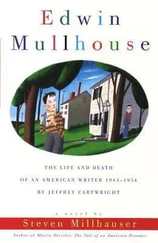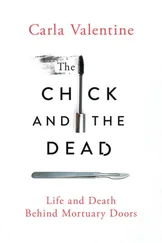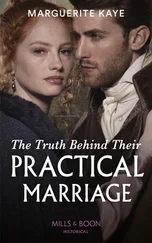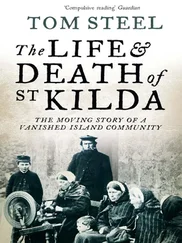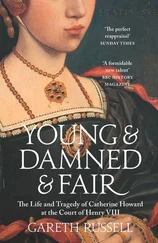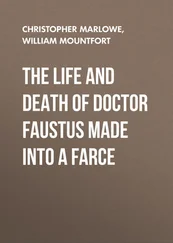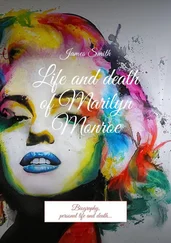The Kilmarnocks did not enjoy the stability of a permanent home during Joss’s childhood. Perhaps their peripatetic existence brought the family all the closer emotionally as they followed Lord Kilmarnock’s career across Europe, having to get to know new places and make new friends at every stage. It certainly made for diversity, and Joss must have acquired a precocious polish and sophistication from such a varied exposure to life abroad. He would never settle in Britain, thanks to the wanderlust acquired in childhood.
Joss’s first home was in Belgium, from 1901 until 1904, at 8 rue du Taciturne in Brussels, where his father was 3rd Secretary at the British Legation. 2 In May 1904 Lord Kilmarnock was posted to the British Legation in Vienna and promoted to 2nd Secretary two years later. From October 1907 he worked for some months at the Foreign Office in London and then in Stockholm until his posting to Tokyo, which came through in early 1913. He was promoted to First Secretary in July of that year, while in Japan. After his return, in 1915, he was sent back to the British Legation in Belgium, then based in Le Havre because of the war. Joss’s parents spent three years in Le Havre, then in July 1918 they were off to Copenhagen. From January 1920 until mid-1921, Lord Kilmarnock was Chargé d’Affaires in Berlin. His final posting was as British High Commissioner on the Inter-Allied Rhineland High Commission, in Coblenz.
The Kilmarnocks’ life at the British Legations was very grand – celebrating the King’s birthday, dining with the Empress Eugénie de Winterhalter or the Habsburgs at the Vienna Hofburg, meeting the Duke of Teck or Lord Boothby on some diplomatic errand. Regular callers at the rue du Taciturne during Joss’s infancy were Prince and Princess Albert of Belgium, with their sons Princes Leopold and Charles. (Crown Prince Leopold would be in the same year as Joss at Eton and accede to the Belgian throne in 1934 when his father’s reign was cut short in a mountaineering accident.) 3 Early exposure to the faubourg life ensured that Joss would not grow up to be a conventional Englishman. His ability to master foreign tongues came naturally, his acute ear helped along by the chatter from his mother’s maids be they Austrian, Flemish, French or Scandinavian. His sense of tone, pitch and modulation was almost faultless. He was a gifted mimic, a talent which he enjoyed showing off. If he went too far, the Kilmarnocks would remonstrate, somewhat indulgently, at his high spirits, ascribing them to ‘the Mrs Jordan coming out’. 4 Joss was fluent in English, French and German even before going to school.
In Brussels, one of the earliest snapshots of Joss was taken while he was being wheeled in his pram along the Bois de la Cambre at the end of Avenue Louise, as Princess Clémentine en promenade dashes by in her carriage and pair. A swansdown and satin bonnet is tied firmly under his chin; Joss’s fine blond locks were otherwise kept off his face with a ribbon. In a photograph of him taken when he was three, dressed in white flounces and mounted on a donkey, posing for the camera, one could be forgiven for mistaking him for a little girl. Sailor suits came later. Lady Kilmarnock’s boys wore frocks of white lawn, pin-tucked, embroidered or frilled, and with puffed sleeves. 5 A stark change in Joss’s appearance occurred when he was four when Lady Kilmarnock decided his hair could be barbered. Almost unrecognisable, he suddenly looked like a real little boy, dressed in shorts, a warm, dark double-breasted coat with silver buttons, boots and a cap.
Throughout Joss’s boyhood Lord Kilmarnock perpetually had ideas in development, from light sketches to full-length plays. In March 1903 he had staged the Dîners de Têtes at the Café Riche in Brussels, and had been working on a tragedy set in a classroom, for six men and three women, The Anonymous Letter , which would be published the following year. 6 Few realised that Joss’s father was a published dramatist. He had always written under his nom de plume ‘Joshua Jordan’ – a tribute to his actress forebear – but now, with new-found confidence, he would publish under the name Victor Hay, Baron Kilmarnock. Two more of his titles were staged in the suburbs of London during Joss’s twenties – The Chalk Line and The Dream Kiss.7
In April 1904, Lady Kilmarnock warned her two little boys that the bulge in her stomach was a baby, so that their sister’s arrival would come as no shock. Rosemary Constance Ferelith Hay’s christening caught the imagination of the press when the entire family descended from Scotland upon Vienna. The newspapers announced that Princess Charles Fürstenberg and Lady Muncaster were her godmothers; her godfathers were her uncles, Victor Mackenzie of the Scots Guards (Lady Kilmarnock’s brother) and Lieutenant the Hon. Sereld Hay RN. ‘ Ferelith , it may be remembered, is the title of the book published last year by Lord Kilmarnock,’ one columnist observed. Princess Charles Fürstenberg was the daughter of a lady-in-waiting to Emperor Franz Joseph’s wife, Elisabeth. The Kilmarnocks and their children went to Hungary many times to stay with the Fürstenberg family. In due course, the Fürstenbergs’ daughter Antonia married the Duke of Schwarzenberg, whose palace in the heart of Vienna stood just round the corner from the British Legation. 8
In Vienna the family occupied an apartment in an enormous house which dwarfed the tiny church next to it, standing in the quiet, tree-lined Metternichgasse. Life was more sophisticated among the Viennese than among the Belgians. 9 Sunday mornings in Vienna would see the Kilmarnocks among the congregation at the Stefans-kirche at the same service as the ageing Emperor Franz Joseph, and they would dine at the Belvedere with him too. 10 One of the earliest pictures of Joss in Austria shows in the background Château Neuville, where the family stayed at Huy twice a year. Joss became accustomed to café society, the cobbled streets, the Spanish Riding School and the shop windows displaying Sachertorte , a favourite Viennese delicacy. He would have walked across one of the city’s most beautiful squares, the historic Judenplatz, where the composer Mozart had once lived, with its plaque – ‘Angry flames raged through the city and atoned for the dreadful sins of the Hebrew dogs’ – marking the spot where in 1421 eight hundred Jews killed themselves following the accusation that they had used the blood of babies in religious ceremonies. Joss came to know the buildings of the Ringstrasse, returning there later as a budding diplomat, when he was saddened by the changes in its inhabitants wrought by the Great War.
Like other Edwardian children, the Hay offspring travelled with an entourage, although Lady Kilmarnock seems rarely to have left them for long periods in the sole charge of nannies. Photographs of annual gatherings at Slains display, in fading sepia, images of themselves, their friends, their maids, their cooks, their grooms, their clothes, their pets – including Bonci their father’s Jack Russell terrier.
One of Lady Kilmarnock’s own sketches of Joss stands out particularly from the pages of her albums, apparently inspired by an incident in the garden of Walls, the house in Cumbria that belonged to Joss’s grandmother, where the Kilmarnocks fetched up each year. Named after the remains of Roman ruins in the grounds of Muncaster Castle, 11 Walls was a typically gloomy Victorian pile, all the more so for being ‘tucked away in a wood’. The sketch captures much of Joss’s impulsive nature; one of his chief characteristics was his unpredictability. Lady Kilmarnock portrays him as a cavalier in miniature, complete with sash and double lace collar. 12 For all her adoration of him – Joss was her favourite child – she seemed to sense that his spontaneity might prove to be his undoing. In front of his outstretched toe lies a huge carved stone head, severed from its body. It looks as if Joss has just toppled this massive object, twice his own size. Her caption ‘Josh Posh on the warpath’ reinforces the idea. With uncanny maternal insight, her portrait of Joss unwittingly foreshadowed trouble ahead.
Читать дальше
